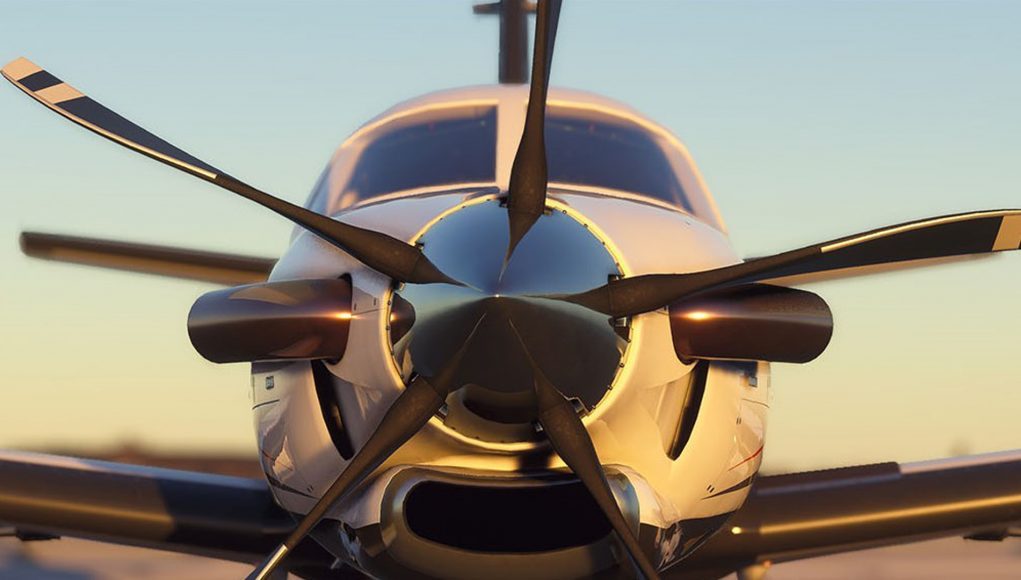Microsoft Flight Simulator (2020) includes support for SteamVR headsets, however playing via VR requires some of the most modern (and consequently least available) PC components due to its demanding spec requirement. Now Asobo are getting ready to release a Update 5 which includes some major performance benefits across the board, including VR.
In its latest livestream, Asobo CEO Sebastian Wloch demonstrates the performance improvements on a PC with an Intel Core i7-9700K and RTX 2060 Super. Whilst playing in 4K on ultra settings at 40% render scale, Wloch shows the most recent update nearly doubes frame rate from 30 fps to almost 60 fps.
It’s a strong demonstration of just how much the team has done to improve performance on the PC version, and that directly translates to perfomance in-headset too.
Wloch says in the livestream that although the team hasn’t quantified it in the same manner as the demo above, there’s set to be a “positive impact on VR,” of course depending on your individual hardware setup.
We’re interested to see just how much update 5 does when it arrives on July 27th.







